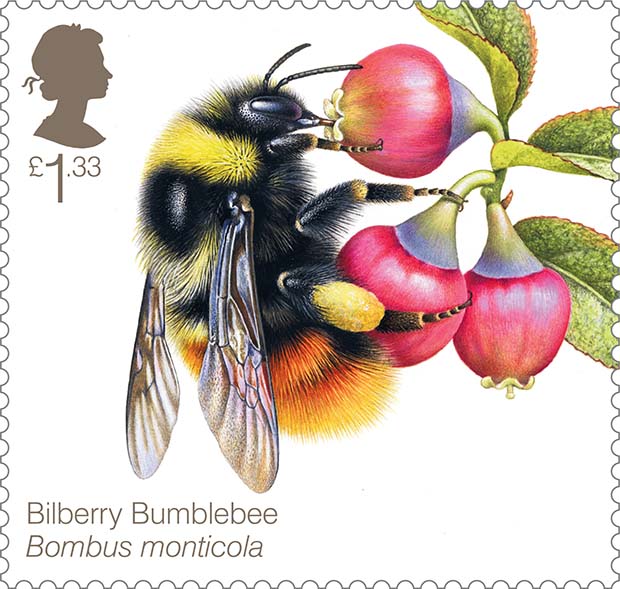The ability to forage and return home is essential to the success of bees as both foragers and pollinators. Pesticide exposure may cause behavioural changes that interfere with these processes, with consequences for colony persistence and delivery of pollination services. We investigated the impact of chronic exposure (5–43 days) to field-realistic levels of a neonicotinoid insecticide (2·4 ppb thiamethoxam) on foraging ability, homing success and colony size using radio frequency identification (RFID) technology in free-flying bumblebee colonies. Individual foragers from pesticide-exposed colonies carried out longer foraging bouts than untreated controls (68 vs. 55 min). Pesticide-exposed bees also brought back pollen less frequently than controls indicating reduced foraging performance. This study shows that field-realistic neonicotinoid exposure can have impacts on both foraging ability and homing success of bumblebees, with implications for the success of bumblebee colonies in agricultural landscapes and their ability to deliver crucial pollination services.
Source:
Dara A. Stanley, Avery L. Russell, Sarah J. Morrison, Catherine Rogers, Nigel E. Raine (2016)
Journal Applied Ecology
DOI: 10.1111/1365-2664.12689
First published: 30 May 2016
http://onlinelibrary.wiley.com/doi/10.1111/1365-2664.12689/full

- Login om te reageren
